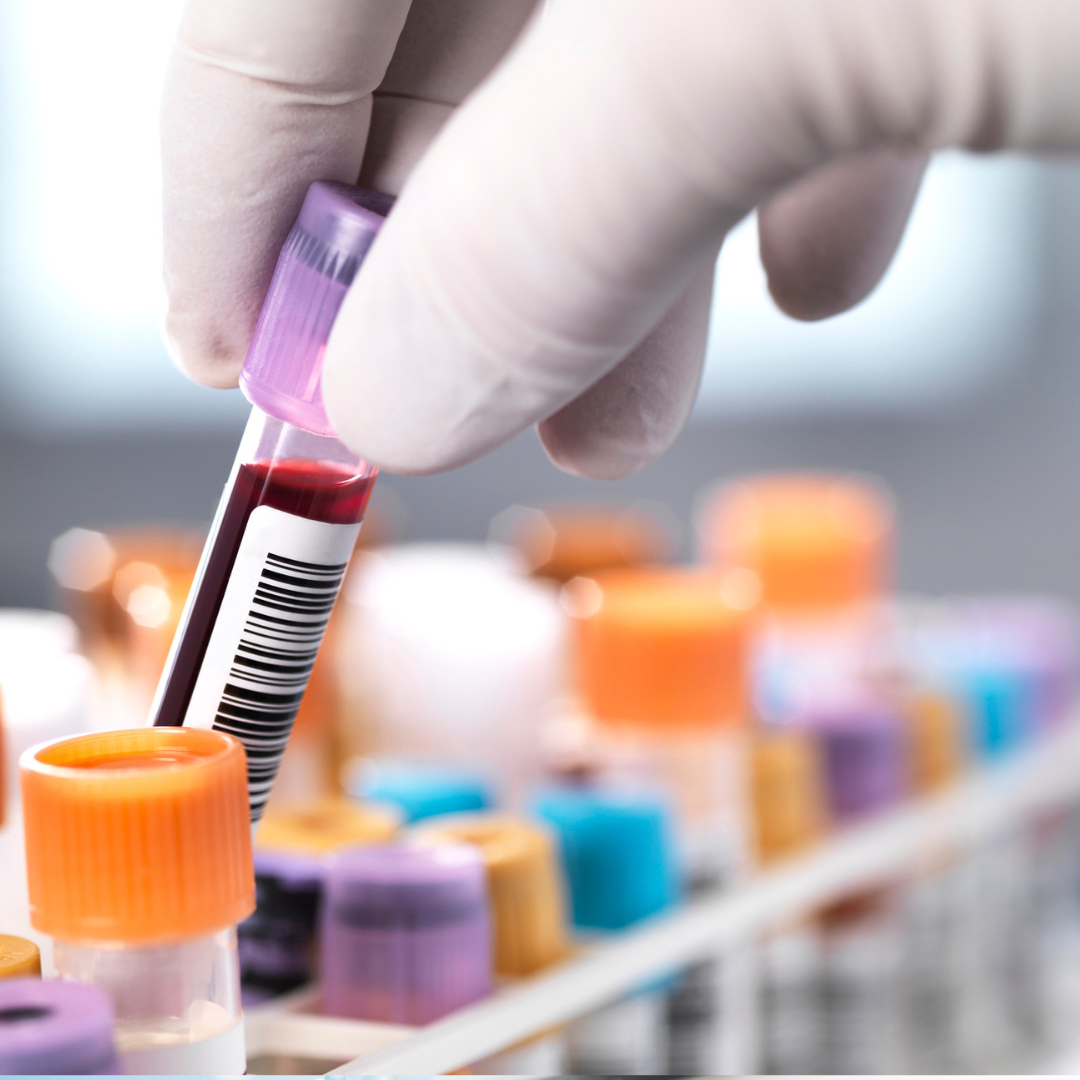Researchers from the University of Ottawa and The Ottawa Hospital have made a significant breakthrough in the early detection of eating disorders, which could lead to faster treatment for patients. By monitoring electrolyte levels, the team identified the presence of the illness over a year before it was officially diagnosed. The study, published in JAMA Network Open, analyzed Ontario health data from 2008 to 2020, focusing on patients aged 13 and older. The findings revealed that individuals with electrolyte abnormalities were twice as likely to receive a later diagnosis of an eating disorder, with severe irregularities increasing the likelihood fivefold. This discovery has the potential to facilitate preventative treatment for approximately 1 million Canadians affected by eating disorders such as anorexia and bulimia, conditions that severely impact their quality of life and can be fatal. Dr. Gregory Hundemer, Assistant Professor at the Faculty of Medicine's School of Epidemiology and Public Health and a nephrologist at The Ottawa Hospital, emphasized that disordered eating patterns often precede an official diagnosis due to various factors such as denial, lack of self-awareness, social stigma, and shame surrounding the illness. The study highlights that electrolyte abnormalities can serve as a warning sign, enabling healthcare providers to conduct more timely and comprehensive screening for eating disorders. Electrolytes, including minerals like potassium, sodium, magnesium, and phosphate, play a crucial role in regulating the body's chemical reactions and maintaining fluid balance. Dr. Hundemer's targeted screening focused on these levels as a means of identifying individuals at high risk who would benefit from early intervention, leading to improved long-term prognosis and better outcomes for patients.
Reference:
Analysis of Electrolyte Abnormalities in Adolescents and Adults and Subsequent Diagnosis of an Eating Disorder, by Gregory L. Hundemer, et al. is published in JAMA Network Open on November 8, 2022.




